BEC gets second opinion report, population study
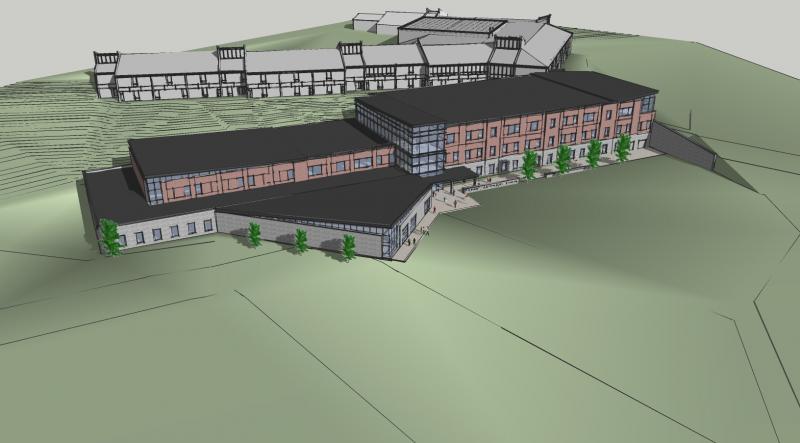 LBPA architects unveiled a 3D rendering of an updated concept for a new BRHS building and renovated BRES building. Courtesy photo
LBPA architects unveiled a 3D rendering of an updated concept for a new BRHS building and renovated BRES building. Courtesy photo
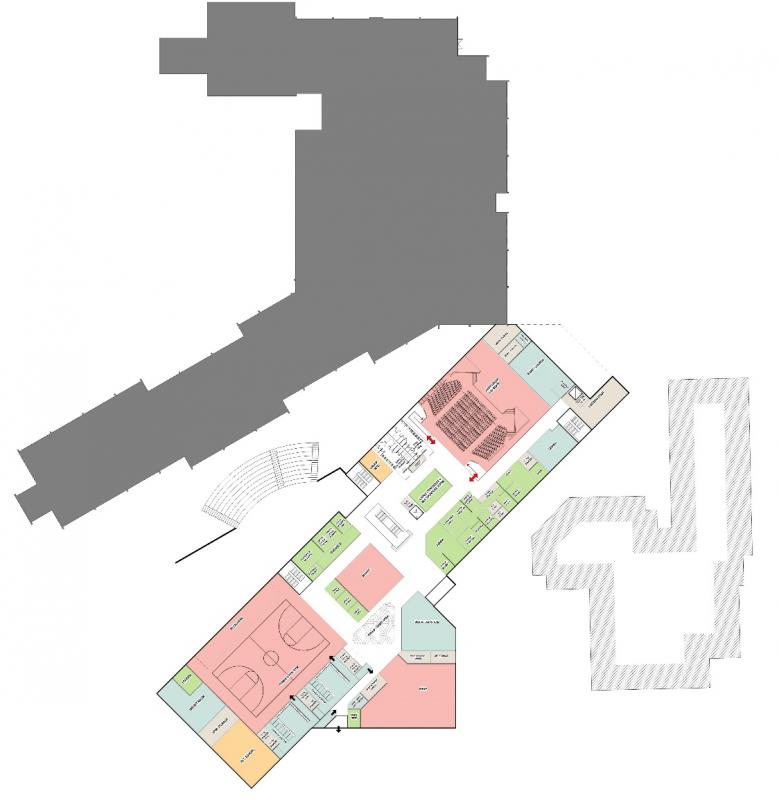 The first floor of the updated concept. Courtesy photo
The first floor of the updated concept. Courtesy photo
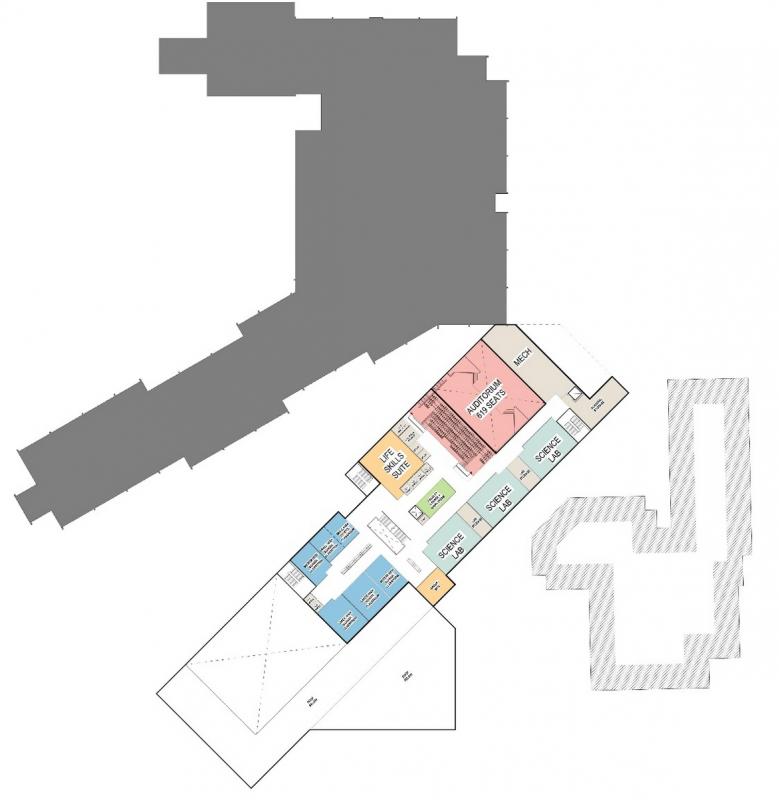 Second floor. Courtesy photo
Second floor. Courtesy photo
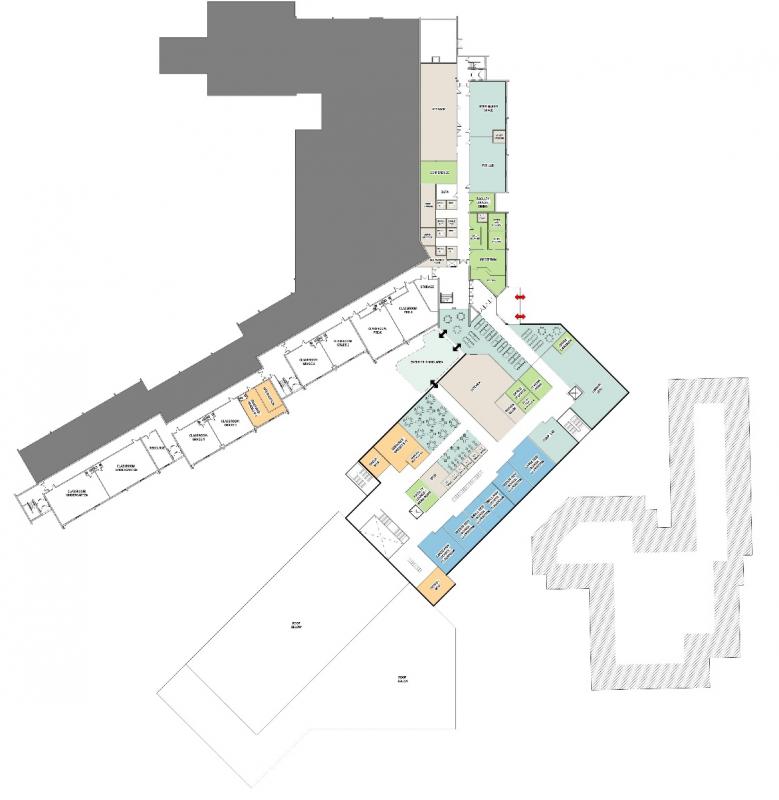 Third floor. Courtesy photo
Third floor. Courtesy photo
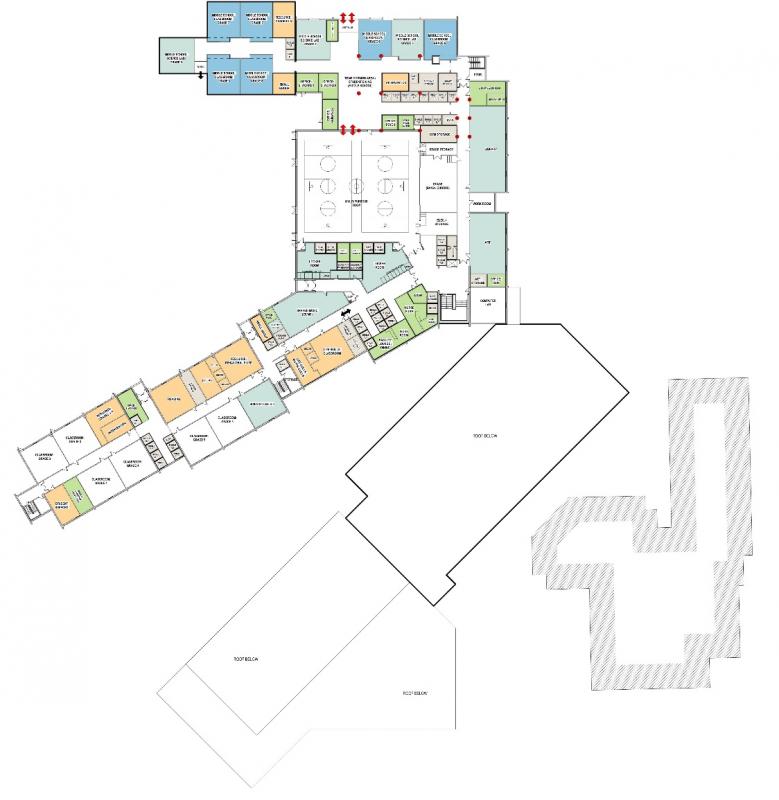 Fourth floor. Courtesy photo
Fourth floor. Courtesy photo
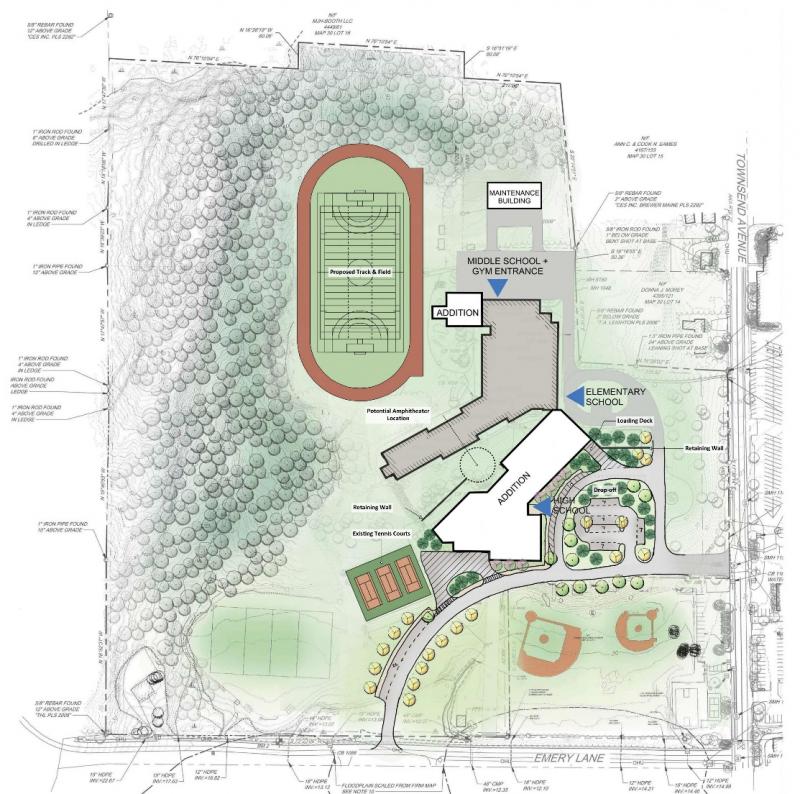 Site plan. Courtesy photo
Site plan. Courtesy photo
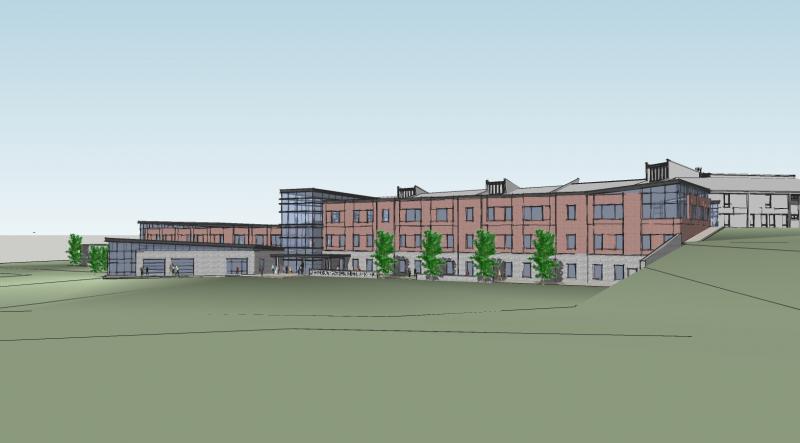 Courtesy photo
Courtesy photo
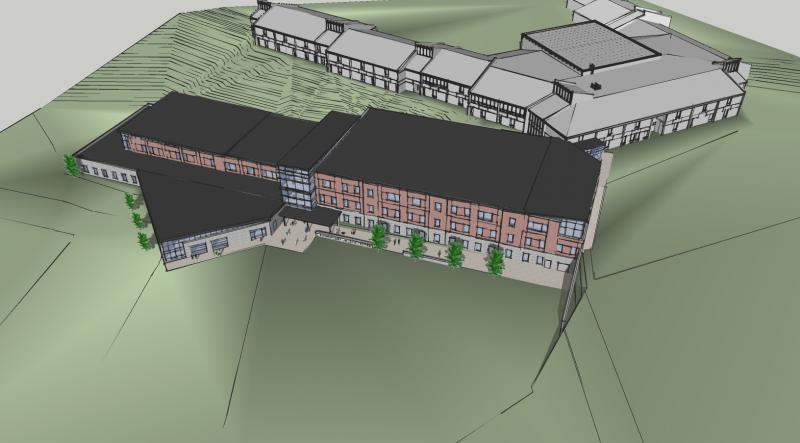 Courtesy photo
Courtesy photo
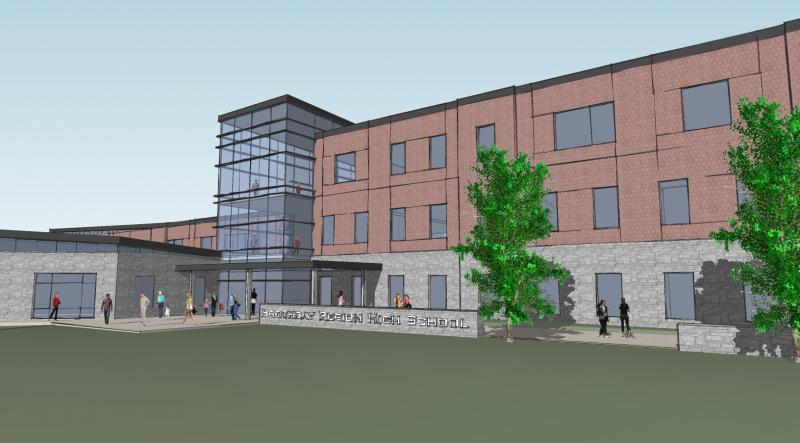 Courtesy photo
Courtesy photo
 LBPA architects unveiled a 3D rendering of an updated concept for a new BRHS building and renovated BRES building. Courtesy photo
LBPA architects unveiled a 3D rendering of an updated concept for a new BRHS building and renovated BRES building. Courtesy photo
 The first floor of the updated concept. Courtesy photo
The first floor of the updated concept. Courtesy photo
 Second floor. Courtesy photo
Second floor. Courtesy photo
 Third floor. Courtesy photo
Third floor. Courtesy photo
 Fourth floor. Courtesy photo
Fourth floor. Courtesy photo
 Site plan. Courtesy photo
Site plan. Courtesy photo
 Courtesy photo
Courtesy photo
 Courtesy photo
Courtesy photo
 Courtesy photo
Courtesy photo
Lavallee Brensinger architects presented an updated concept and population study and second party existing conditions report overviews May 25. The Boothbay-Boothbay Harbor Community School District Building Exploratory Committee has been waiting for the study and reports before pushing further ahead with building design elements.
The population study, carried out by Rebecca Wandell Consulting, reported 481 elementary and middle school-aged students and 228 high school-aged students in Alternative Organizational Structure 98; projections for 2032 are 410 and 264, respectively. That is a 14.76% decrease for K-8 and a 15.79% increase for grades nine through 12. Applying those AOS 98 rates to CSD enrollment numbers shows a decrease from 318 students to 268 for Boothbay Region Elementary School and an increase of 177 to 205 for Boothbay Region High School.
LBPA’s Joe Britton and Lance Whitehead said principals confirmed existing enrollment numbers are 318 for BRES and 177 for BRHS. Since the data is so new, it will have to be studied to determine a true enrollment projection which is expected to follow the overall school-aged population projection, said the architects.
“You’re not heavily increasing nor heavily decreasing under any scenario (RWC) ran,” Whitehead said. “When we design a building, it's not for a specific number … Up 10 or down 10 kids will not heavily change the size of your school.”
The latest BRHS building concept accounts for 267 students, close to the projected 264 population in 2032, said Britton. Accommodations up or down in enrollment range comfortably from 217 to 338, he said. Anything less would call for a smaller building or else the school risks empty classrooms.
“Anything larger than this, then you're going to be in trouble,” said Whitehead. “Realistically, what we're showing in these designs is nicely sized.”
CSD committee member Ruth Macy was concerned if population projections are for the AOS 98 system as a whole, architects might be designing a high school counting on secondary school-age students inside or outside the region who cannot or will not consider attending BRHS. AOS 98 consists of Boothbay, Boothbay Harbor, Edgecomb, Southport and Georgetown. Georgetown’s students typically attend the much closer Morse High School in Bath.
“I'd be worried that includes homeschool populations who don't intend to attend or people who go to CTL (Center for Teaching and Learning) or to school choice who aren't going to attend. So, getting this number dialed in for size and cost is going to be really important.”
The architects agreed and committed to taking BRHS’s current enrollment and conceptualizing a building that reflects it. AOS 98 Superintendent Robert Kahler said to keep in mind, the study came in recently and no one has been able to examine it in depth.
The CSD received Design Group Collaborative’s existing conditions reports for BRES and BRHS and a cost analysis for BRES only. The BRHS cost analysis was still to be received. The reports were requested as a second opinion to LBPA’s analysis of what work would be required to bring the buildings up to code and fix all outstanding issues.
LBPA’s bottom line for BRES work is $10,841,050 or $14,225,635 spread over 20 years. DGC’s bottom line is $16,730,891 and the firm did not provide a 20-year escalation cost. Both firms broke costs down into eight categories: Americans with Disabilities Act and life safety, exterior, interior, electrical, plumbing, mechanical, structural and security. However, DGC did not include cost for the security category. Whitehead said DGC recommended more upgrades to BRES than LBPA did and other differences included specifics like asbestos abatement, copper piping replacement, exterior wall insulation and indoor lighting.
“The next step is to sit down with them, Dave (Benner) and Bob and comb through both reports to resolve differences in estimates and scope,” said Britton. “You can expect that the final number is going to land somewhere between the $10.8 million and $16.7 million.”
Kahler said receipt of the reports and study will mean the campus development plan can move ahead at a steadier pace. “The reason why we haven't been out talking to a lot of folks out in the community other than through these meetings is that we heard very, very, very clearly that until we have a population study and until we get a second estimate, it was (all) really too hypothetical … There's going to be plenty of room for feedback. Yes, we're moving forward in some degrees, but ultimately it's your decision whether we have a project or not and what it looks like.”






































